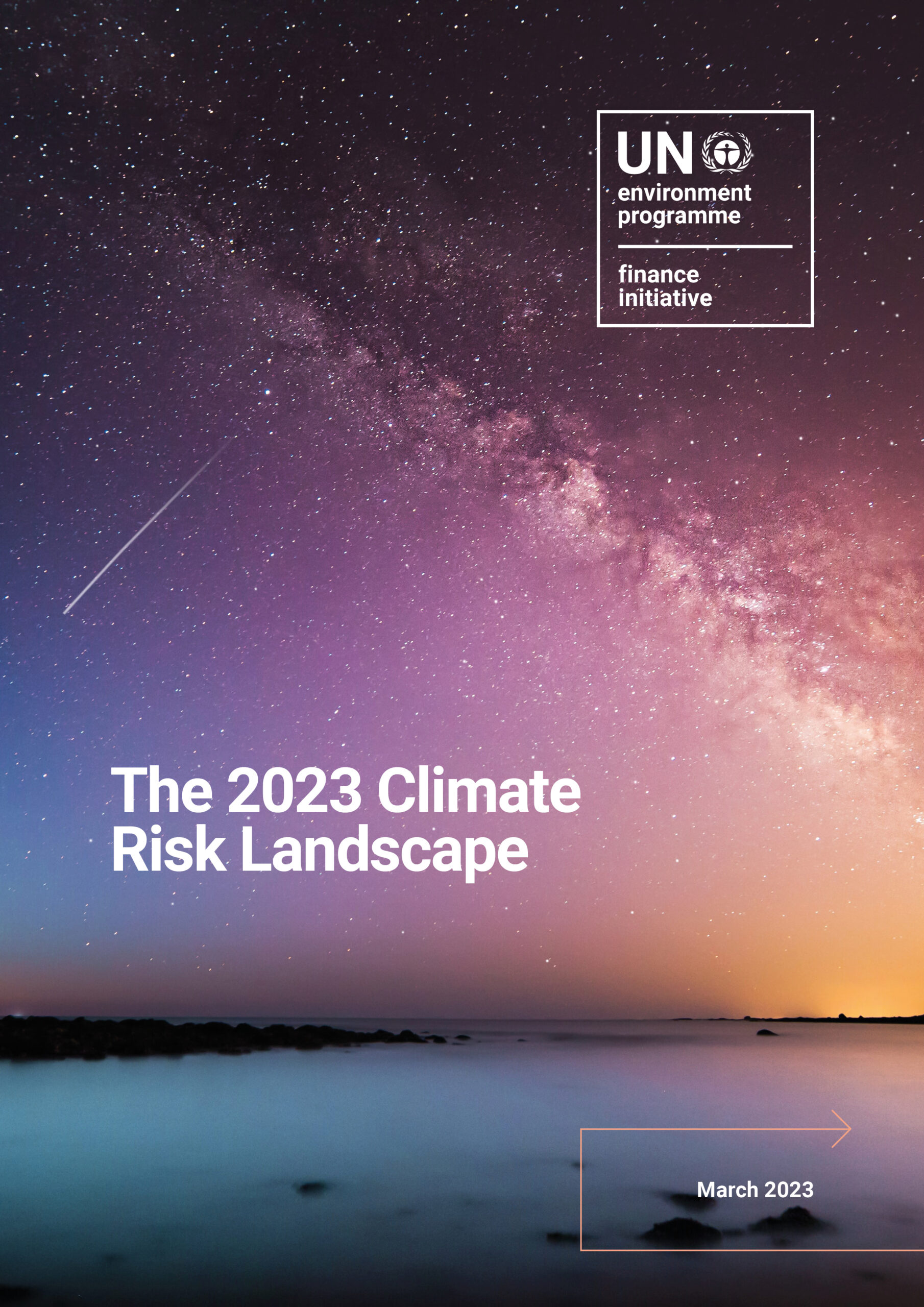The Needs Mapping is designed as a starting point for users to understand the status of sustainability needs and priorities of different geographies. The mapping is a live and searchable database which draws from a collection of resources that track relevant indicators for the different impact areas and topics of the UNEP FI Impact Radar (2022 edition). Users can input additional data where further research is needed to more fully understand the status of sustainability needs.
The Needs Mapping includes the following sections:
- My Search: an interactive worksheet to search within the Needs Mapping by country.
- Country resources & Data: a collection of resources tracking relevant topics and indicators for the different impact areas, additionally includes a compilation of pre-populated data on the status of impact needs in 155 countries/territories (all data being updated in H2 2024).
- Global resources & Data: a collection of resources tracking relevant topics and indicators for the different impact areas, as well as the status of impact needs with a global outlook including visualisations.
Download Needs Mapping here
Methodology
The Needs Mapping is based on the 12 Impact Areas and 34 Impact Topics of the UNEP FI Impact Radar. This foundational framework encompasses a collection of themes that captures all categories of environmental, social and socio-economic needs holistically.
The Needs Mapping includes three types of resources:
- Statistics: a set of international resources/databases tracking the different impact areas, alongside this is a space for more regional/country resources. It is built with a scoring scale to determine and compare the levels of need across different topics.
- Policy Documents: information about priorities being informed by documents such as Voluntary National Reviews (VNRs), National Development plans and others.
- Trends and Scenarios: forward-looking research on trends within Impact Areas and information on scenarios, aiming to identify deteriorating impact needs.
The resources referred to in the Needs Mappings were compiled by the UNEP FI Secretariat and the members of successive Impact Analysis Working Groups over time, based on their ability to capture the different impact areas, the credibility of the source organisation, their scope, and their on-going availability.
Priority was given to resources from international organisations and agencies, such as the UN, World Bank and IMF. For sustainability topics where no such resources are currently available the Mapping refers users to resources from other sources such as regional / more reduced scope intergovernmental organisations and civil society organisations.
The Needs Mapping is a live resource that benefits from trialling and refinement as part of the ongoing development process of the UNEP FI Impact Analysis Tools. The Mapping is refined through an open and ongoing review process, incorporating advancements in the field, user feedback and input from topic experts.
The Needs Mapping in practice
To understand how to implement the Needs Mapping in practice, refer to User Guide to the Impact Mappings and the UNEP FI Impact Analysis Tools, in which the Mapping is embedded.
You can find a video walk-through of the Needs Mapping here.
Feedback
Let us know what you think of the Needs Mapping! Please share your user experience or any feedback with us.
Get in touch
Reach out to us at positiveimpact@unepfi.org
Copyright © United Nations Environment Programme, 2024
The Needs Mapping is one of UNEP FI’s Impact Mappings. The UNEP FI Impact Mappings may be reproduced in whole or in part and in any form for non-commercial educational or non-profit purposes without special permission from the copyright holder, provided acknowledgement of the source is made. Please contact the United Nations Environment Programme for a tailored acknowledgment statement. The United Nations Environment Programme would appreciate receiving an electronic copy of any materials (publications, resources, tools) that use all or part of this resource either directly or as a source of inspiration.
No use of the UNEP FI Impact Mappings may be made for resale or for any other commercial purpose whatsoever without prior permission in writing from the United Nations Environment Programme.


